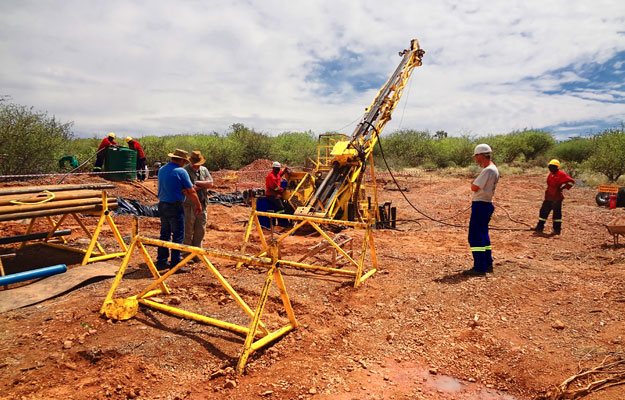Roskill reported yesterday that the Association of China Rare Earth Industry (ACREI) has proposed that selling off some of the government rare earth stockpiles will relieve pressure on the rapidly rising rare earths prices seen since June this year. The rise in rare earth prices is following the growing demand in the electric vehicles industry and tightening emission control policies worldwide.
“In July, Chinese FOB oxide prices for neodymium and praseodymium grew by 14% to reach $42.9/kg and $54.5/kg, respectively, while the other rare earth prices remained relatively stable. To date, August has seen an accelerated growth in neodymium and praseodymium oxide prices of 32%. The gain was mostly accounted for in the first two weeks of August and has remained stable thus far during the second half of August.
“Following the rapid rise in neodymium and praseodymium oxide prices, other rare earths have since followed suit, especially the price for dysprosium oxide, which has already increased by 21% this month to $214/kg. Dysprosium can be used as a higher value substitute in permanent magnets.
“The price of cerium, yttrium and samarium oxides all grew by around 10% thus far in August, adding to the growing basket price for rare earth mineral concentrates. The consideration of the Chinese government and Chinese rare earth industry partners to supply stockpiled material is proposed to mitigate volatile price movements.”
Roskill also reports that plant closures in the Chinese province of Shandong have led to intermittent flake graphite production in Q3 2017. “Those most at risk are producers of graphite with high carbon and larger flake size as well as downstream producers of +98% C purified grades, spherical graphite and expandable/expanded graphite, which utilise harsh chemicals to process their graphite. The problem of plant closures has been compounded by drought and restrictions on the use of dynamite during mining. Production in Inner Mongolia and Hebei was also negatively affected by safety controls in preparation for the 2022 Winter Olympic Games. Jixi continues to produce but volumes are limited.
“Meanwhile, flake graphite producers in Heilongjiang province have worked together to actively raise prices based on restricted raw material supply and rising costs. An announcement was made by the Jixi Graphite Industry Association detailing the price rises that affect the customers of at least seven producers.
“Published prices for both medium and large flake, 94-97% C graphite increased by 20% at the end of August with large flake reaching $900-1,060/t; prices for other grades have risen also. This represents the first movement in prices since July 2016; graphite has sat at a ten year-low following a period of rapid decline from the highs of 2012. Graphite prices are expected to rise in the coming years with rapidly rising demand from the lithium-ion battery industry.
“The Chinese government has led an increasingly stringent plan of inspections and plant closures across the graphite industry in recent years. In 2016, plant closures are thought to have reduced total Chinese flake graphite production by almost a third for the whole year. Inspections have been taken more seriously since the government took control of inspections from local authorities last year in a bid to help cut pollution levels. China plans to introduce a ‘green tax’ from 2018 across a number of industries; graphite is seen as a particularly polluting industry because of the use of strong acids and other reagents.”
Roskill’s Rare Earths: Global Industry, Markets & Outlook report will be published in October 2017. Its Natural & Synthetic Graphite: Global Industry, Markets & Outlook report was published in May 2017.
The picture shows Namibia Rare Earths’ Lofdal project which is a new district scale discovery in Namibia where exceptional levels of heavy rare earth enrichment have been discovered.











